Why Family Trusts Feel Like Handcuffs to the Next Gen—and How to Break Free
One of the patterns I regularly see in my work with UHNW families is an issue few will openly discuss.
Good thing I’m not afraid to shine a light on some of the most challenging aspects of extreme wealth—not for exposure, but for healing.
Let’s talk about trust structures and the impact they often have on beneficiaries and inheritors.
The Challenge with Traditional Trusts
In many cases, trusts are set up in a way that restricts decision-making, limits autonomy, and constrains the strategic freedom of beneficiaries.
Rather than being a catalyst for growth, freedom, and generational legacy, the wealth becomes a source of confinement, making beneficiaries feel like they’re backed into a corner and handcuffed.
This rigidity can breed feelings of pain, sadness, and even betrayal among beneficiaries.
The money that was meant to provide security and empowerment instead becomes a gilded cage.
At the heart of this setup is a deep, often unspoken fear from both the wealth creators and the trust board.
They want to ensure the family legacy and business are protected, oftentimes to the point of defining exact paths:
“In order to access this wealth, you must do A, B, C, and D. This is how it must be for your safety and for our legacy."
This desire to control outcomes isn’t just about micromanagement; it’s rooted in a desire to protect and preserve.
But often, this protection comes at the cost of stifling the individuality, mobility and autonomy of the rising generation.
For the next generation, this often feels like a loss of freedom, identity, and voice.
With the trust structured in such a stringent manner, they may feel more like high-paid employees than family members with a say in their legacy.
It becomes a situation of, “Sit down, do as you’re told, and you’ll have the security of the trust.”
But that’s no way to live—especially for those who want to lead meaningful lives and create impact.
Living in a gilded cage, no matter how luxurious, is still confinement.
I believe ( and from my experience) that’s not what most wealth creators want for their families or beneficiaries.
The goal isn’t control for control’s sake—it’s to create a legacy that supports, empowers, and uplifts.
So, what’s the solution?
The key lies in creating a win-win framework where every voice is heard and valued.
This is precisely the heart of the family governance and succession work I do with privately with the families I coach/consult.
As a neutral resource, I mediate between the wealth creators, the trust board, and the beneficiaries, creating a space where all sides are heard without judgment.
Together, we work toward an agreement that honors both the family’s legacy and the individual needs of its members.
Sometimes it takes 3 months.
Sometimes it takes over a year, but time isn’t the primary focus.
By shifting the focus to humans and family first-before wealth, business, or trust structures-we can transform the trust from a constraint into a source of support and freedom.
A legacy built on open communication and mutual respect has the potential to be far more enduring than one built solely on control.

